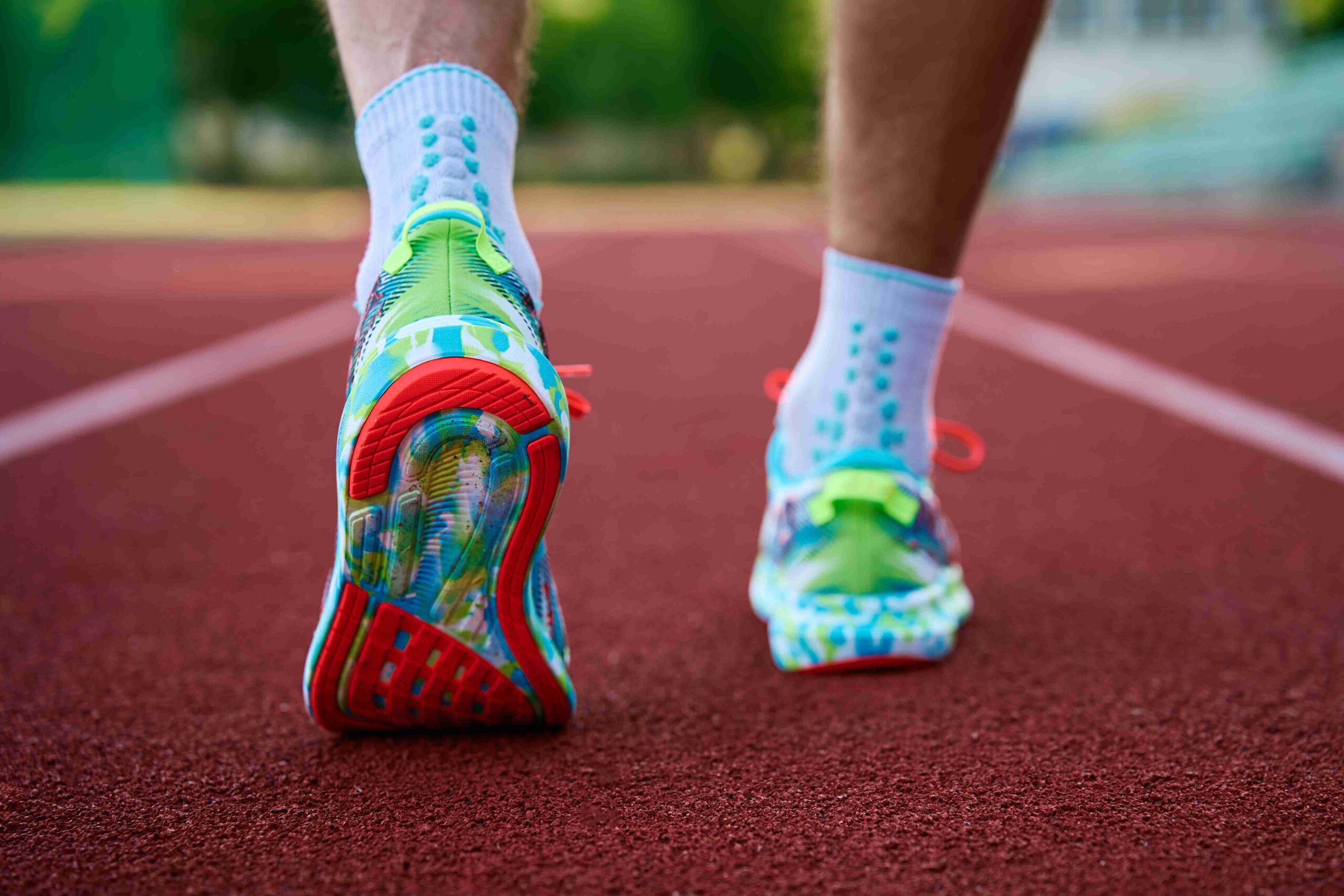A half marathon is a major challenge that requires not only endurance but also a sensible approach to training, recovery, and race day itself. Injuries are a common problem among runners, especially those who neglect training or overload their bodies. Follow these tips to make the Hackney Half Marathon an enjoyable experience and not the cause of a long recovery.

The Main Causes of Injuries at the Half Marathon
Three factors most often cause injuries during training and the race: improper running technique, overloading the body, and lack of attention to recovery.
- Improper technique leads to overexertion of muscles and joints, especially the knees and ankles. Errors in foot placement or posture can trigger chronic pain.
- Overexertion occurs if you dramatically increase the volume or intensity of your workouts. This can lead to tendon inflammation, stress fractures, and overstretched muscles.
- Neglecting recovery leaves the body vulnerable. Lack of sleep, poor nutrition, and lack of warm-up and recovery increases the risk of injury.
To avoid these problems, you need to pay attention not only to running but also to the preparation and recovery processes.
How to Reduce the Risk of Injury During Preparation
The main rule of thumb when training for a half marathon is not to try to speed up the process. If you’ve started running recently, it’s important to give your body time to adapt. The optimal schedule includes 10–12 weeks of gradually increasing distance and intensity. This will help ligaments and muscles get used to the load and reduce the risk of injury.
Warm-up and warm-down
Before each workout, perform a dynamic warm-up: light jogging, joint rotations, leg swings. This will prepare your muscles and ligaments for the load. After jogging, be sure to warm up with slow jogging or walking and then stretching. This will reduce the risk of inflammation and speed recovery.
Monitor your running technique

Watch how you place your foot, hold your torso, and move your arms. Avoid hitting the ground hard with your heel, keep your back straight, and don’t strain your shoulders. If you have no experience, it is better to consult a coach or learn the basic principles of proper running.
Selecting the right equipment
Good running shoes are key to preventing injuries. Sneakers should fit you, taking into account your pronation and running style. You should change your shoes every 600-800 km, as worn-out cushioning increases the load on your joints.
Clothing also plays a role: choose breathable fabrics that will help avoid overheating or hypothermia.
How to prepare for the race itself
The Hackney Half Marathon is not only physically demanding but also tactically challenging. To avoid injury on the day of the start, there are a few rules to follow. Don’t overload yourself in the final weeks 10-14 days before the start. Gradually reduce the amount of training you do. This will help your body to recover in order to go to the start in good shape. In the week before the race, you should not run more than 16-18 km.
Maintain water balance
Dehydration makes muscles and joints more vulnerable. Drink water regularly, but avoid drinking too much fluid before the start. Use water points during the race, especially if the temperature is high.
Monitor your well-being
Don’t ignore your body’s signals. If you feel pain or discomfort during the race, it’s best to slow down or stop. Running at your limits can lead to serious injuries, especially if you are inexperienced at long distances.
